SCHOOL OF OUR DIVINE
INFINITE BEING
Polytheistic Monism - Divine Theurgy - Oracle to the Gods
Astrology, Witchcraft and the Theurgic Rights of Chaldea
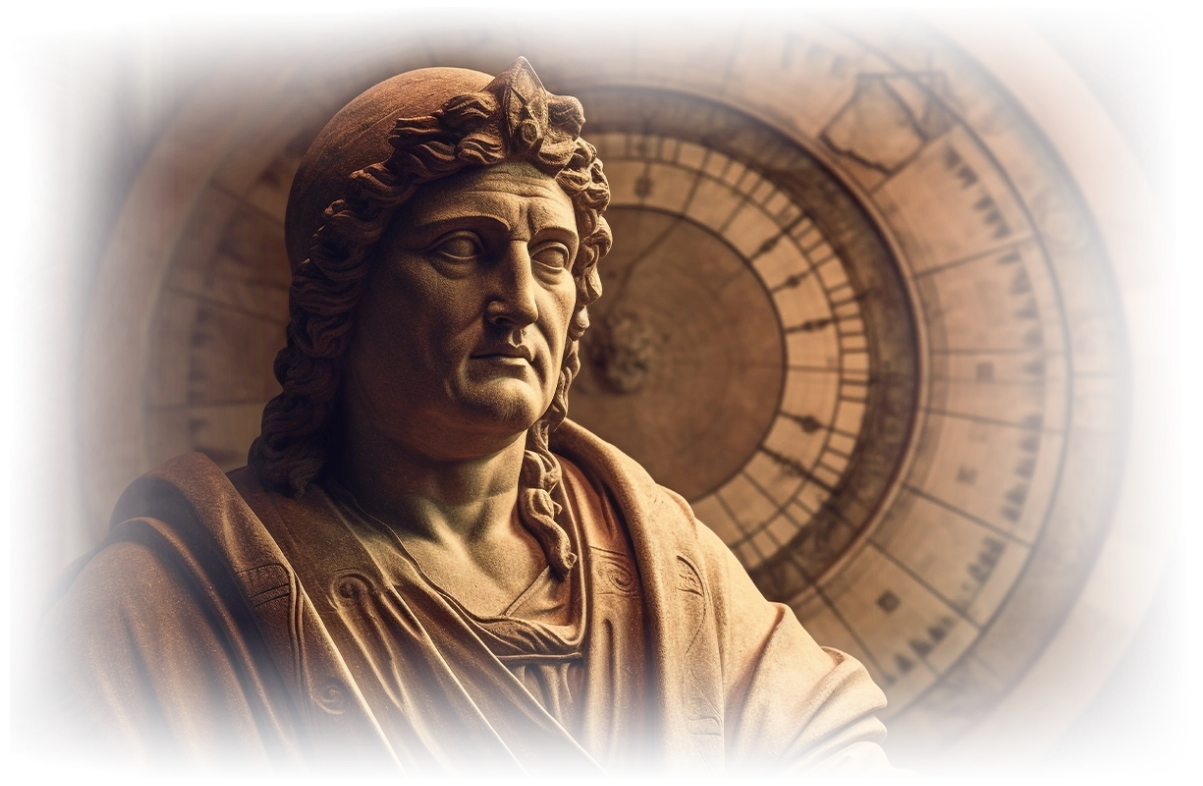
From the Ancient Chaldeans, to the Witches of Thessaly, to the Chaldean Oracles
- John D. Acton
The following is a tale of Theurgy and Witchcraft, of Platonism in the late Roman Empire and the high academic schools of divination, magic and astrology before 99% of all classical literature was destroyed by early Christian raiders. This is a story of the highly respected divination practices that permeated the known world first introduced by the Chaldeans. Today there are Catholics living mostly in Iraq that call themselves Chaldean, after the spiritual heritage of their Eastern Orthodox Christian roots in the Babylonian area of Mesopotamia. Like the more ancient Chaldeans themselves they carry this differentiated title to show their dedication to the ancient practices connected to their history and religion. In Antiquity to be called Chaldean meant something similar, but much more mysterious and interesting. It was a connection to a liturgy steeped in divinatory rights rooted in the very beginning of civilization itself.
“In Classical Antiquity, the name “Chaldeans” primarily stood for the priests of the Babylonian temples. The Greek historian Diodorus Sicilus compared them with the Egyptian priests. Since the word “Chaldean” was used for members not only of the Babylonian priesthood, but for all the Mesopotamian sages, soon enough it became a title of honor for the Greeks who studied in the Babylonian schools. ... In Hellenistic times, the term “Chaldeos” was synonymous with the words “mathematician” and “astrologer”.- Katelis S. Viglas, Chaldean and Neoplatonic Theology
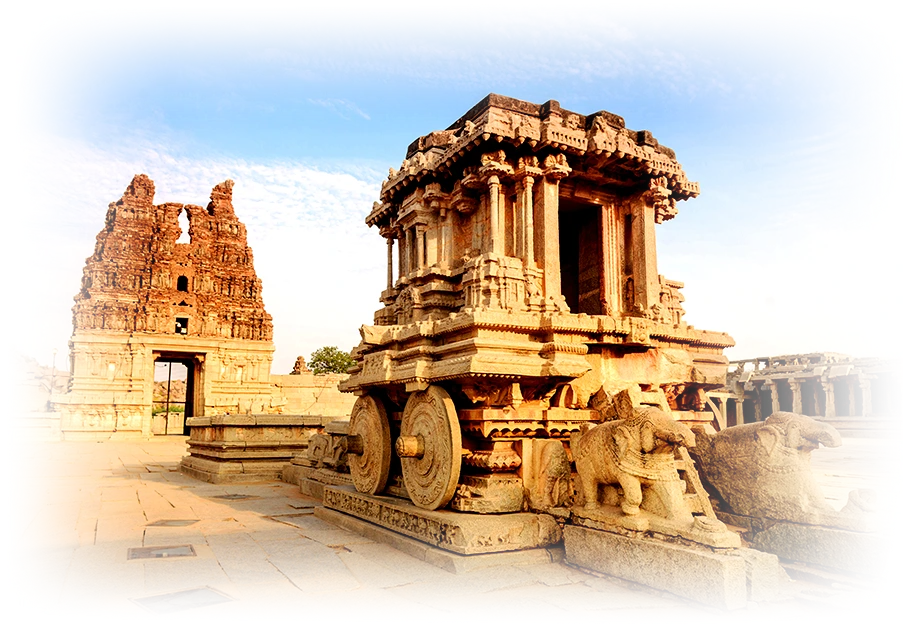
Chaldeans carried a very recognizable spiritual aura in the ancient world. Generally they are believed to be a mysterious Semitic people that first gathered together next to the Persian Gulf between 940 BCE and 855 BCE with scattered earlier roots in the region. We will explain further below how it is more likely that Chaldeans are related to ancient Babylonians and the earliest Akkadian empire. To the Greco/Roman world they were an ancient priest-cast, almost Shamanic, associated with Astrology, magic, ritual, and in many places, witchcraft, early astronomy and mathematics. By bloodline the ethnic Chaldeans were Babylonian from a very specific Babylonian empirical and historical line that dominated in the Neo-Babylonian period.
By the time of the ancient Greek and Roman empires you could be labeled a Chaldean by heritage or by association to their academia in ritual and divinatory practices. If you practiced Astrology, the reading of omens, certain divination and specific forms of ritual magic, you were considered Chaldean. If you studied with them in the temples of Babylon then you would have studied astronomy and mathematics in its highest form rivaled only by the more cultured practices of Greece.
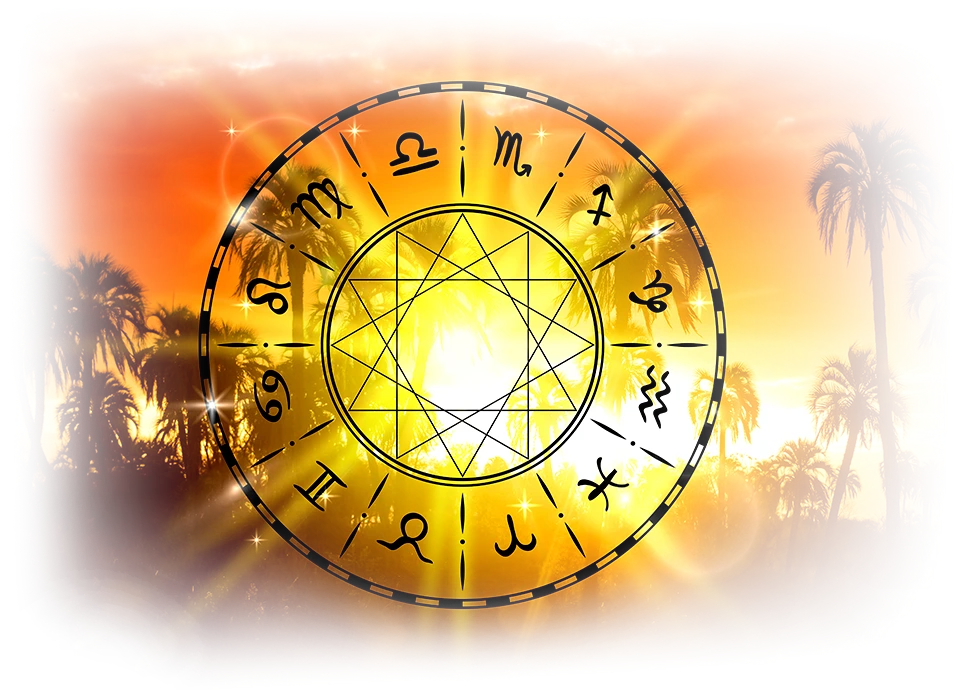
Chaldean practices were widely integrated throughout the early Greco/Egyptian Ptolemaic Empire (305 BCE to 30 BCE) during the bustling days of the great Alexandrian Library. Their influence in ancient practices of ritual magic can be clearly seen in the now famous works of the Greek Magical Papyri (100 BCE to 400 CE). This became even more predominant during the Roman rule of Egypt where the development of Hellenistic Astrology found its roots amongst the Egyptian Hermetic traditions and the greater Greco/Roman world in general. The Astrology that most all systems are rooted in today was a Greco/Roman infusion of Greek mathematics and philosophy, Chaldean astronomy, nativity charting and zodiacal sciences and the Decan system of Egyptian astrological practices.
Where did this all start? How did this mystic ethos of the Chaldeans move up through the Greek world and finally into the framework of the Chaldean Oracles, one of the most respected texts of early Platonic Theurgy and Witchcraft? This all really begins with the ancient city of Babylon. Babylon became the heart of Mesopotamia and its central major city around 1900 BCE. Generally accepted history states that this happened when a people called the Amorites conquered and made Babylon their capital. With the rapid development of the city’s power the people became known as the Babylonians, and were considered the first mega empire in the ancient world. We explain below how it was not just the Amorites but proto-kaldia (Chaldean) Akkadian peoples that were also in Babylon in its beginnings. Historically this is termed the old kingdom period and it remained in power for over 500 years ruling most of the Mesopotamian regions.
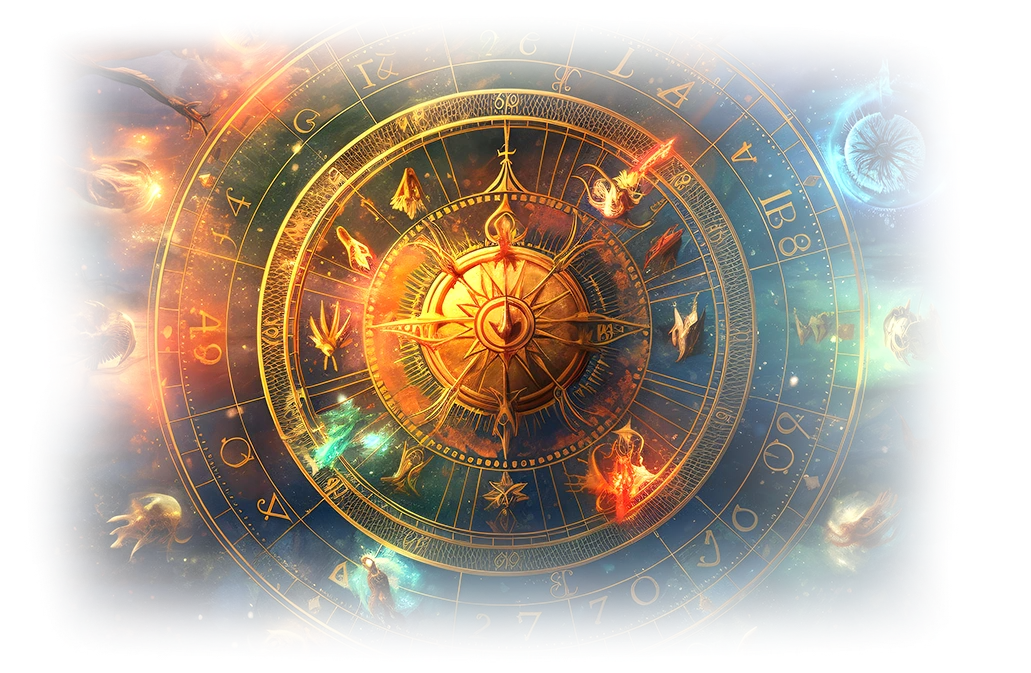
- Wikipedia
Although there were many records of celestial phenomena, a striking set of Cuneiform writings, named the “Enuma Anu Enil”, a series of 70 tablets, held between 6,500 and 7,000 Babylonian astrological omens. These date all the way back to the old period in their Babylonian beginnings between 1595 BCE – 1157 BCE. There is also evidence of a proto-form of these recordings as early as 1900 BCE. Babylonians, and thereby the early Chaldeans, had a very sophisticated system of omens, fate, divination, prediction and early Theurgic ritual practices.
“Divination is often described as a means of predicting the future. In ancient Mesopotamia it was not so simple as that… Divination was a type of sooth saying only in that observed signs were considered to correlate with events that usually had not happened yet. The characteristic formal lists of omens paired off portents and predictions, the former as a conditional clause (“if such and such is seen.” called a protasis), the latter as its outcome (“then such and such will happen,” the apodosis). A lunar eclipse on the fifteenth day of the third month, for example, was paired with a statement predicting the death of a king in a palace revolt.”- A.R. George, Babylonian Divinatory Texts
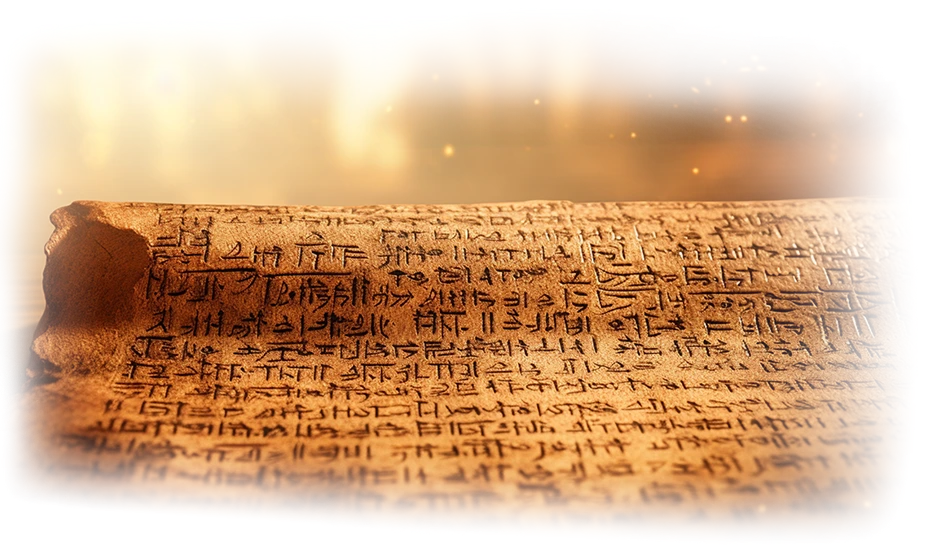
One of the best examples of a Babylonian omen and consequential fate can be found in the book of Daniel in the Bible. A book that was written after the Chaldean empire was overtaken by the Medes and then conquered by the Greeks. This was written during a time when the Caldeo-Babylonians were held in the highest regard in most every known land.
“Suddenly the fingers of a human hand appeared and wrote on the plaster of the wall, near the lampstand in the royal palace. The king watched the hand as it wrote. His face turned pale and he was so frightened that his legs became weak and his knees were knocking.The king summoned the enchanters, astrologers and diviners. Then he said to these wise men of Babylon, “Whoever reads this writing and tells me what it means will be clothed in purple and have a gold chain placed around his neck, and he will be made the third highest ruler in the kingdom.” Then all the king’s wise men came in, but they could not read the writing or tell the king what it meant. SoKing Belshazzar became even more terrified and his face grew more pale. His nobles were baffled.
The queen, hearing the voices of the king and his nobles, came into the banquet hall. “May the king live forever!” she said.“Don’t be alarmed! Don’t look so pale! There is a man in your kingdom who has the spirit of the holy gods in him. In the time of your father he was found to have insight and intelligence and wisdom like that of the gods. Your father, King Nebuchadnezzar, appointed him chief of the magicians, enchanters, astrologers and diviners. He did this because Daniel, whom the king called Belteshazzar, was found to have a keen mind and knowledge and understanding, and also the ability to interpret dreams, explain riddles and solve difficult problems. Call for Daniel, and he will tell you what the writing means.”
(Daniel Interprets)
Here is what these words mean:
Mene: God has numbered the days of your reign and brought it to an end.Tekel: You have been weighed on the scales and found wanting. Peres: Your kingdom is divided and given to the Medes and Persians. Then at Belshazzar’s command, Daniel was clothed in purple, a gold chain was placed around his neck, and he was proclaimed the third highest ruler in the kingdom. That very night Belshazzar, king of the Babylonians, was slain, and Darius the Mede took over the kingdom, at the age of sixty-two.
- Daniel 5:5 - 30

This is where the famous “writing on the wall” statement that has permeated our western culture came from. This was the fate of the King, his death, and the take over by the Persian-Median empire. This couldn’t be any more classic Babylonian as an interpretation of an omen, as so many of them were centralized on the fate of kings as explained above. The Hebrew dominance over the powers of fate and providence being the obvious goal of much of the book of Daniel was clearly not a condemnation of its methods. Although there are different time periods and opinions about divination and omen interpretation throughout the Bible, here Daniel is made chief over the wise men, the Astrologers, the diviners. He didn’t condemn them, he was in many ways just like them, only following the Hebrew YHVH instead of the Babylonian Marduk. The books of Daniel and Ezekiel are arguably Babylonian in nature blended with the Hebrew liturgy at the time of their writings. We speak more on Ezekiel and the beginnings of Kabbalah elsewhere. Daniel was written in 164 BCE well into the period of the Greek empire where Babylonian practices were syncretized with most every culture and belief within their kingdoms. This, once again, is especially true of Alexandria Egypt, the birthplace of modern views on Astrology.
This perspective of omen theory concerning fate and providence survived through to the Hermetic Egyptian Astrologers and the Neoplatonic Theurgists and remains a major part of Astrological science today. Knowing the fates, understanding one’s Astrological alignment, allows one to live through the consequences of life from one or another perspective. You are either going to be ordered and controlled by the fates or you are going to engage them directly and turn them into the forces of providence. This idea of knowing a “highly likely outcome” in the future allows one to work with those same energies and reconstruct their directing power as a participant instead of a victim. This is the very basis of the Egyptian Hermetic mystery schools (1st Century BCE to the 3rd Century CE) as well as the Neoplatonic Theurgic practices of Iamblichus (242 CE to 325 CE), which we will espouse further below. We give a much deeper dive into modern psychology, physics and synchronicity as to why divination works in a modern lens in our Central Doctrine In this essay we are taking a journey in the ancient past, but please reference our other materials for the full story.
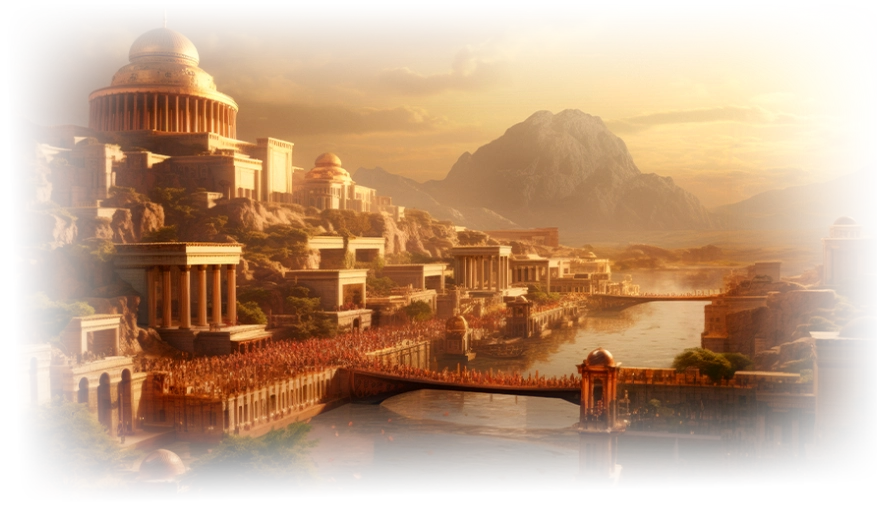
The Assyrian empire organized in 1365 BCE and lasted through to 609 BCE. They became the most powerful Mesopotamian empire over this 700 year period. The Assyrians conquered Babylon in 1243 BCE., marching into the famous city, putting king Tukulti-Ninurta to death, placing their own puppet ruler on the throne. The Assyrians held rule over the Babylonians for hundreds of years, with several revolts along the way, but always regaining their losses and maintaining their power. Many of these revolts were led by the Chaldeo-Babylonians which would eventually lead to Assyria being overthrown with the help of Medes (Persian) collaborators.
“Babylonian astronomy collated earlier observations and divinations into sets of Babylonian star catalogs, during and after the Kassite rule over Babylonia. These star catalogs, written in cuneiform script, contained lists of constellations, individual stars, and planets.”- Wikipedia
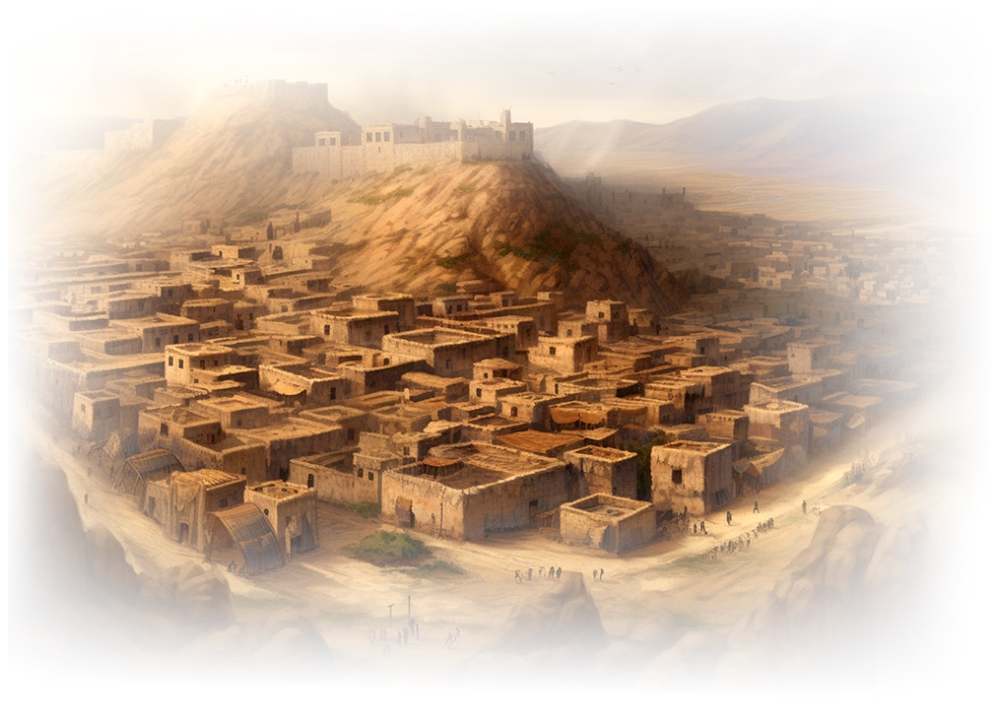
The Chaldeans themselves were famed to be a southern people, outside the city of Babylon, central to the city of Ur. According to most historians they entered during the Kassite rule of the region (1531 BCE - 1155 BCE) and as explained above grew into a sizable civilization between 940 BCE and 855 BCE. One thing is certain, the Chaldeans were much less influenced by Assyrian rule and were less affected culturally compared to the greater Babylonian areas to the north. The people of Chaldea continued more along the lines of ancient spiritual Babylonia than that of Assyrian Babylon. Although they were certainly Pagan worshipers following the same pantheon, Assyrians were imperialists and warriors more concerned with empire building and warfare. They invented the technology of the war chariot, which was borrowed by all of their nation neighbors. Interestingly I like to compare Chaldea-Babylonia and Assyria to Greece and Rome. Although they were much more related than different, like the Greeks, the Chaldeo-Babylonians were more mystical, mathematical, philosophical and like the Romans, the Assyrians were a military nation but followed very similar beliefs.
Although I have shared a general census of Chaldrean origins above there are more invested historians that find some of this to be incorrect. To us especially it is of the highest importance to understand the true history of the Chaldeans. As explained most historians are comfortable saying they just “appeared” and embraced the Babylonian culture well after the old kingdom at the end of Kassite rule. Many more invested historians recognized there is something significantly wrong with this idea. The Chaldeans spent most of their short rule during the Neo-Babylonian period “re-establishing” Babylon to its original glory. Why bother?

According to Amer Hanna Fatuhi, a Chaldean himself and a prominent Chaldean historian, the originators of the old kingdom of Babylon as well as the early and first civilizations of Akkadian/Summarian were “Proto-Kaldi” or early Chaldean. In his research he shows that they were either mistaken as the Amorites that founded Babylon, or more likely, settlers alongside them. According to Amer the ancient Akkadian culture are the Chaldeans. In his book “Chaldean Legacy” he argues that the Akkadian peoples, who absorbed the original Summarian culture in ancient Sumer, were the root culture and bloodline of later Chaldea and the Chaldean peoples. In his historical exposition, and one that has a lot of influence on my own thinking, the Chaldeans were the first civilization builders alongside the earliest Summarians in 5300 BCE. They did not just appear during the Kassite period, but are rooted in the oldest Babylonian period and even further back carrying with them these ancient practices. They predate the earliest Babylonian period back to the Akkadian-Summarian empires. When the Chaldean people rebuilt Babyon in the Neo-Babylonian Empire they were re-establishing the oldest preludes to civilization itself established first in the old kingdom.
With this in mind of course it makes sense that the Chaldeo-Babylonian peoples preserved their ancient practices in astronomy, religious ritual praxis, divination, mathematics and Astrology. Like Greek philosophy did to Rome, the Chaldeo-Babylonian astronomical, omen reading and astrological practices were adapted in part throughout the Assyrian empire. Throughout the Babylonian Mesopotamian lands they continued to chart the sky and spell out its fate. It was the Chaldeans themselves that became known throughout the ancient world for their mastery of astronomy and the science of this age as they grew in power and eventually became the kingdom of Babylon once again.

- Wikipedia
The Centuries mentioned above cover the period of time where the Chaldean people were gathering into populations of formidable size in southern Babylonia. It was the 7th Century that the Chaldeans officially came into power through the establishment of the Neo-Babylonian Empire. Nabopolassar became King of Chaldea in 630 BCE. In 625 BCE they organized into a proto-empire and in 626 BCE they overthrew the Assyrian rule of Babylon, this time permanently. They were the Chaldeo Babylonian peoples and they ruled for the next 86 years. Especially from this time their deity worship, magic, Astrology, divination and omen practices became legendary throughout the ancient world. It was from this Neo-Babylonian rule of the Chaldeans that the greatest credit was given by the Greeks, Indians, Persians and Egyptians for their advances in astronomy, mathematics and astrological knowledge. The Chaldeans represented an unbroken line to the original Babylonian development over 1800 years from their very beginnings in the old kingdom. Chaldea was associated with all the same Gods in all the same ways as the Babylonains themselves from as early as 900 BCE onwards in generally accepted history, but we see it as all the way back to 5300 BCE and the beginning of civilization as explained by Amer Hanna Fatuhi. Over time, being free from Assyrian influences, their nation centered on their religious praxis, their priest-cast and the continual development of their form of divination and Astrology. Nebuchadnezzar I, a famous Chaldean King, spent his entire reign establishing sacred temples, seeking and imparting wisdom everywhere he went.

It was this period, the Chaldeo-Babylonian, Neo-Babylonian rulership that is so famous in the Hebrew books of Ezekiel, Jerimiah and Daniel. As explained above it was a Chaldean King, Nebuchadnezzar II, that put Daniel in charge of the court Astrologers. This can be an uncomfortable place in the writings of the Bible for many devout Abrahamic religions of today. As stated above, Daniel was put in charge not to admonish them, but to rule and instruct them. No where in Daniel are the Astrologers of the court condemned in any way. Ezekiel, the mystical father of the later practices in Kabbalah, had a Babylonian vision of the four fixed signs of the Zodiac. The Man, Bull, Eagle and Lion four faced angels under the throne of the most high. Namely Aquarius, Taurus, Scorpio and Leo. The entire ancient world had a mystic respect for the Chaldean priesthood’s divinity and ritual practices. Even the Hebrew, who held such a close and coveted system of practice told stories of converting the King of Babylon who praised the Hebrew God and was blessed by him.
The Chaldeo-Babylonian religious, astronomical, mathematical and astrological systems found their way into Egypt, Greece and most of the Mediterranean region during this time. During the might of the Chaldean-Babylonian reign you see the budding city states of Greece and Rome culturing in preparation for their more philosophical mindset of the soon to come Axial Age (500 BCE to 300 BCE). Nebuchadnezzar II made it his mission to restore Babylon to its originating glory and rebuilt many of its ancient cities. During this time the Chaldeo-Babylonians brought their sciences to the forefront and were revered for this knowledge across the ancient world. Their influence on the mathematics and sciences of the early Greeks was overlooked for a long time. Now most scholars agree that the Greeks were highly influenced by the Chaldeo-Babylonian academia alongside that of better documented Egyptian influences.
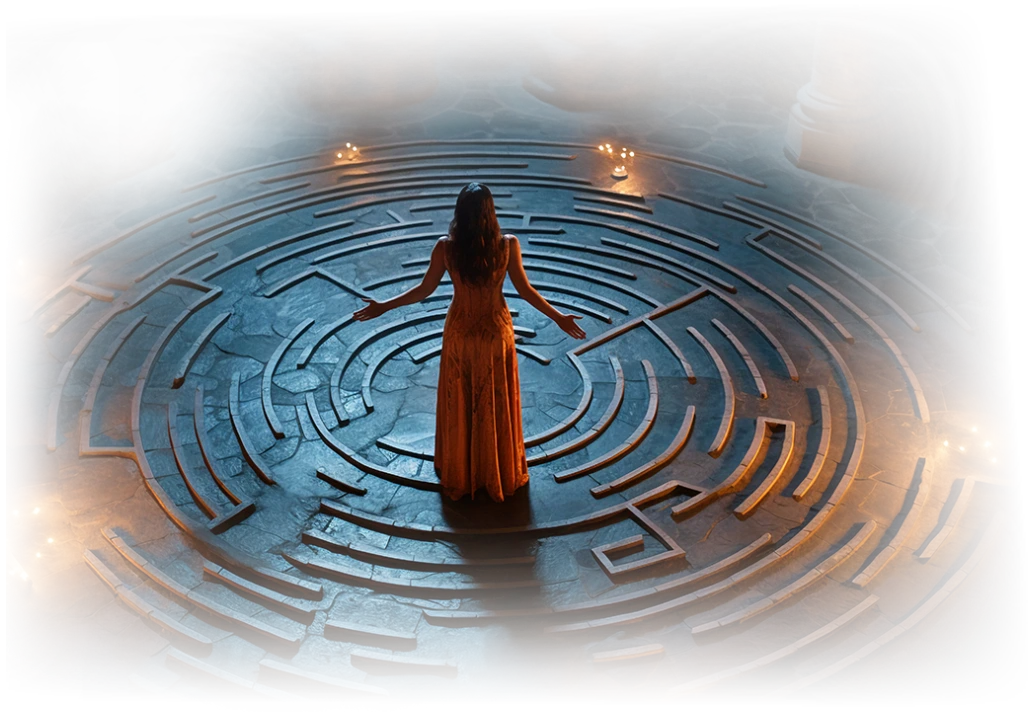
In 539 BCE the Achaemenid Empire conquered the Babylonians. This is the Empire that is so famous for the battle against King Lionitus of Sparta in 480 BCE (The 300). They went on to conquer Egypt and were the first Empire to dominate all of Mesopotamia including the northern and southern regions. They brought with them the religion of Zoraster and the mythologies of the Persian and Scythian peoples (Northern Vedic culture).
When the Achaemenid Empire settled in their conquests they openly allowed the Babylonian peoples to continue their beliefs, temple worship, mathematics, divination, astronomical and astrological sciences. The Babylonians of the time were wary of their leadership and welcomed the Persians without any bloodshed. It was less than a century before when these people fought together against the Assyrians ending their empire. The Persians had an incredible respect for Babylonians and considered their ritual praxis and divinitory abilities in the highest regard. This symmetry was so complete that the Magi of the Persian Zoroastrian religion and the Astrologers of the Chaldeo-Babylonians were grouped together in the imagination of the Greco/Roman world from the time of Alexander the Great onwards (336 BCE - 323 BCE). This grand integration was the beginning of a deep syncretism that was very visible in the Roman period with the Mithraic Theurgic religious praxis being combined with that of Chaldean. Mythra was an ancient Persian Deity and Theurgy first appeared in the Chaldean Oracles of the same time period. More on those below.
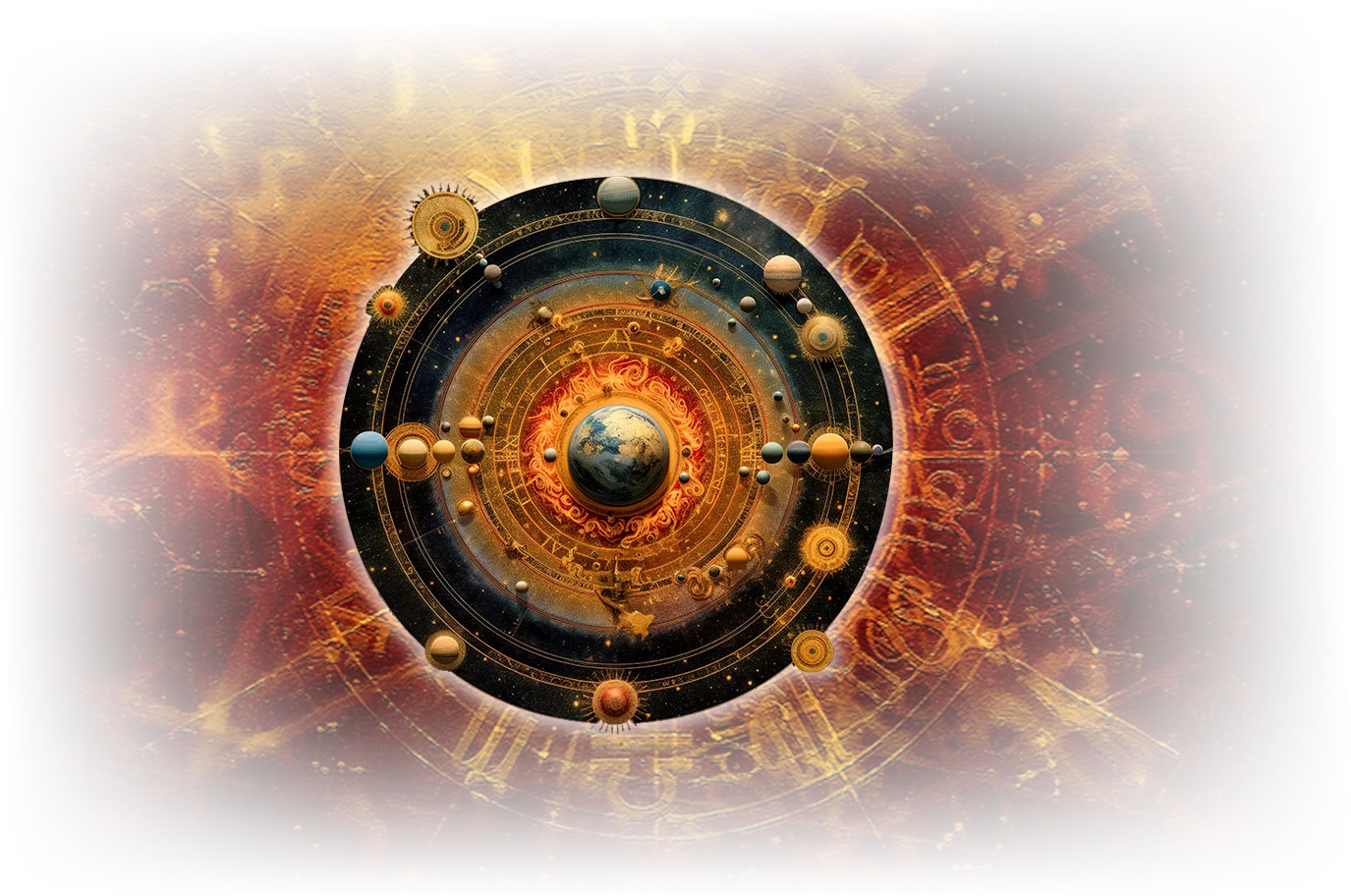
The Greek world can very well be said to be the beginning of the Western World’s culture and ethos as we know it today. The influence of Hellenistic Greece on our sciences, philosophies and world view can not be understated. Chaldeo-Babylonian Astrology and the ritual praxis of divine names made its way into early Greek writings as can be plainly seen in the Orphic Derveni Papyrus discovered in 1962. This document is considered the oldest known written record discovered of the Greek period, written between 340 and 320 BCE (“original text” instead of “copied” over the ages such as the dialogues of Plato). It was a combination of pre-socratic philosophy and Greek liturgy, and shown to be highly influenced by Chaldeo-Babylonian themes. The conquests of Alexander the Great began in 336 BCE erupting from the quickly growing Hellenistic Greek city states and the pressure of the invading Persian armies. It was the rise of the Greeks that brought Astrology and other Chaldeo-Babylonian ideas to the Mediterranean world and beyond.
With no central land after the fall of the Persian empire the Chaldean peoples migrated all over the Ancient world. Greece made Babylon their capital during the times of Alexander. Chaldeo-Babylonian peoples and the Greek world had friendlier relations as they were not the conquered Persians but a people “under occupation”, such as the Egyptians, who welcomed the Greeks. Although there was this higher respect, their Greek conquerors comedered their very city. Babylon was a treasure in the ancient world, a metropolis, rich with culture and commerce, and it sat at the center of the then conquered Greek Empire. Babylon was a surviving and thriving city center continuing in its glory from the time of the Neo Babylonian Empire, through the friendly Persian occupation onto that of the Greeks. As a result of it becoming the capital of Alexander’s empire, many Chaldeo-Babylonian people were displaced throughout the Greek kingdoms that followed. Many migrated to the quickly growing city of Alexandria under the Greek Ptolemaic Kingdom of Egypt (305 BCE - 30 BCE).

Territories north of Athens were most influenced in the dawning of the Hellenistic age by the recent northern area domination of Chaldeo-Babylonian and Persian cultures. The further from Athens you go the more “wild” you would consider the territories moving into the previously conquered Persian world. Magic, sorcery and witchcraft circulated around these regions in more abundance through stories, rumors, and direct experience of travelers, historians and play writers. This was especially true concerning the region famously known as Thessaly. Thessaly, although Greek by culture, were part of the Persian empire from the time of Xerxes.
“Many smaller Greek states, moreover, took the side of the Persians, especially Thessaly, Thebes and Argos. Xerxes was victorious during the initial battles."- Wikipedia
Chaldeo-Babylonian astronomy and ritual practices would have had an incredible influence on the cultural and religious practices throughout Thessaly. This remained the case in the earliest times of the Greek empire and would have stood as a bridge between Chaldean and Greek liturgy and spiritual practices.
“Among the ancient Greeks and Romans from the late Classical age on, Thessalian women had the reputation of being able to draw down the moon from the sky”.- Oliver Phillips - The Witches of Thessaly

- Wikipedia
Aglaonice was famed for the ability of “drawing down the moon”. She was a skilled astrologer and astronomer and was learned in Chaldeo-Babylonian stellar calculations. She was able to predict eclipses and other stellar conditions, which would have come from Chaldeo-Babylonian training.
Thessaly was famous throughout the early Greek period for being the land of Witches. No doubt this was increased from the proto-astrological and astronomical teaching that had reached this area through wandering Caldeo-Babylonian priests. Thessaly was famous for the creation of amulets and talismans, a practice garnered from Chaldeo-Babylonian roots going back thousands of years from this time. They made preparations with herbs that became famous across the Mediterranean for their medicinal properties. The Witches of Thessaly were revered and feared all at once from every corner of the Greco/Roman world. This region was Greek, but a Thessalian Greek steeped in mystery and magic of their earlier Persian empire occupation.
“Here an ancient scholiast comes to our aid, not with more about interest payment dates but about Thessalians. The text of the note reads: “The Thessalians are slandered as being wizards, and even yet among us, Thessalians are called ; "medicine women''. - from the record of Aristophanes.”- Oliver Phillips - The Witches of Thessaly
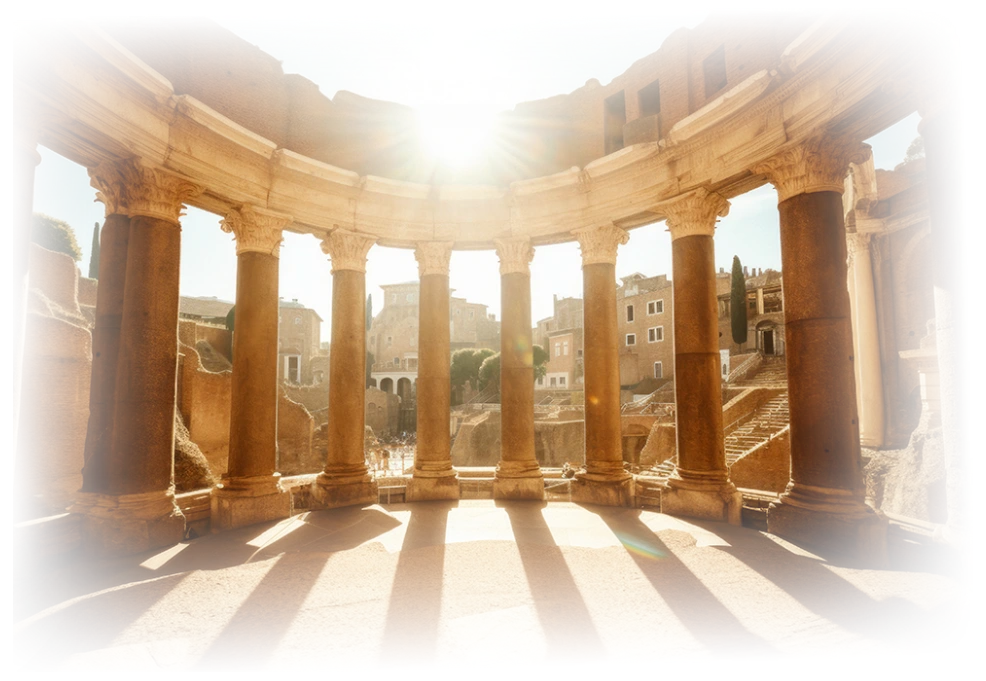
The wizardry, witchcraft and medicinal practices no doubt influenced once again by Chaldean practices. The first mention in recorded history that we know of for the witches of Thessaly amongst the Greeks was in a play “the Clouds” produced in 432 BCE by the writer Aristophanes. Here advice was given to Socrates by Strepsiades, the main character: “I would buy a witch woman ("medicine woman,"), a Thessalian, and take down the moon at night. Then I'd shut it up into a round box like a face mirror, and then I'd keep it there”. They were speaking about the incredible power of the witch to alter the course of Socrates' immediate future and fate in this play. Although this is in a play it also predates the Hellenistic empire itself showing the earlier influence of haldeo Babalyonian ideas in Thessaly, a Persian region, in the Greek imagination.
As legend, story and actual history there was one thing clear about the Thessalian Witches from the time of Aglaonice. They attributed their divinitory praxis, their Astrological power and worship through drawing down the moon to the goddess Hecate. The earliest records we have of Hecate worship is 1600 BCE from the northern areas of ancient Thrace. Over time she became a Titan goddess throughout the more generalized Greek world. She was worshiped as the Goddess of crossroads and the protector of the hearth (home) in many areas. In Thessaly, and other areas of the Greek world, she gained higher regard as the goddess of the Moon, magic and witchcraft. This relation of Hecate, witchcraft and Chaldean practices drove deep into the minds of the Greco/Roman world culminating in the famous work of Platonic Theurgy during the Imperial Roman period, “The Chaldean Oracles.”

- Scholarly Community Encyclopedia
The Chaldean Oracles, along with the Egyptian Hermetica of Egypt, were forerunners of a Theurgic Platonic revolution that took root throughout the Roman empire in the 3rd and 4th Centuries CE. One of the main deified powers of the Chaldean Oracles was, once again, the Goddess Hecate. Here you can see the Greek mind and their attribution of Chaldean Theurgic praxis to this goddess, now as a major deity. She was the “Magna Mater” or the membrane between heaven and the physical world to the Theurgists following the Chaldean Oracles as a guide to divine relationships. Just prior to the destruction of 99% of all classical literature by early Christian raiders, Theurgy was becoming the mainstay central method of spiritual attainment throughout the entire empire.

Throughout the Imperial Roman period there was a wellspring of interest, academic syncretism and flourishing philosophical and pagan ritual praxis surrounding Theurgy. This period saw the development of Theurgy as a primary form of human experience and worship of the Gods. Throughout the ancient ruins of the Roman Empire were found 400+ monuments and temples dedicated to the Persian God Mithras. It was by far one of the most predominant practices of the Roman armies as well as the greater Roman era. Mithraism was a form of transcendent Theurgy. Right along this was the rise of the Neoplatonists throughout Rome. The Neoplatonists were the reestablishment of Plato's academy first re-introduced by Plotinus. The Chalean Oracles, Hellenistic Astrology and the Platonic Hermetic Theurgic Mystery School of Egypt were rising to prominence. The Chaldean Oracles are tied to the most ancient Chaldeans and the Hermetic literature to thousands of years old Egypt. Like the Mithraic traditions rising at the same time these philosophical, theurgic and ritualist based movements reached back into an ancient narrative. A narrative that predated Greece, Rome and the younger city states. This period in Imperial Roman history was a time when academics, in their reverence, peered back into the ancient past of all known civilization to ask, “How should we live, worship and understand the world?”
Neoplatonism was a major philosophical and theurgic religious praxis from the first teaching of Plotinus, around 220 CE, through to the close of the academies in 529 CE. The Chaldean Oracles at this time became a major text amongst Neoplatonists and many of their top scholars wrote extensively on the subject. During this time there was a struggle between many of the leaders of the different academies of Neoplatonism that had arisen. Some wanted to keep closer to Greek ideas and others pushed to syncretize Platonic thought with more ancient theurgic practices. Iamblicus was the greatest of Theurgic philosophers to demand the ancient practices from Chaldea, Egypt and Persia be respected, incorporated and ritualized.

Iamblichus, (245 CE to 325 CE) lived through the very last moments before the great transition from a Pagan world to a dominated Christian world in ancient Rome. By far the greatest Theurgist to ever live, Iamblichus was the head of the Neoplatonic academy in Syria and shortly after his death, the Patron Philosopher to all of Rome under the reign of the Emperor Flavius Claudius Julianus. Julianus was the last Pagan Emperor of Rome (361 C.E. to 363 C.E.), coming shortly after the famous Christian Emperor Constantine, his uncle. During his short reign all of the Roman sacred rites of the state were restored to Pagan origins under the banner of Polytheistic Monism and the Neoplatonic Theurgy of Iamblicus, syncretized with Mithraism. These being the two most practiced and respected of all the Pagan religious practices throughout the Empire at this time. The “One”, the highest contemplative totality of Platonic Philosophy, became the central highest being of spiritual attainment throughout the Roman Empire. All of this followed after the training of Iamblicus, and through him, that of the greatest philosopher to ever live, Plato.
“I ought indeed to have obeyed the Delphic inscription "Know Thyself," and not have ventured to affront the ears of so great a man as yourself; for only to look you in the face, when one meets your eye, is no easy matter, and it is much less easy to try to rival you when you wake the harmony of your unfailing wisdom, seeing that if Pan roused the echoes with his shrill song everyone would yield him place, yes, even though it were Aristaeus himself, and when Apollo played the lyre everyone would keep silence, even though he knew the music of Orpheus. For it is right that the inferior, insofar as it is inferior, should yield to the superior, that is if it is to know what is appropriate to itself and what is not”.Apocryphal Letter to Iamblichus, Flavius Claudius Julianus
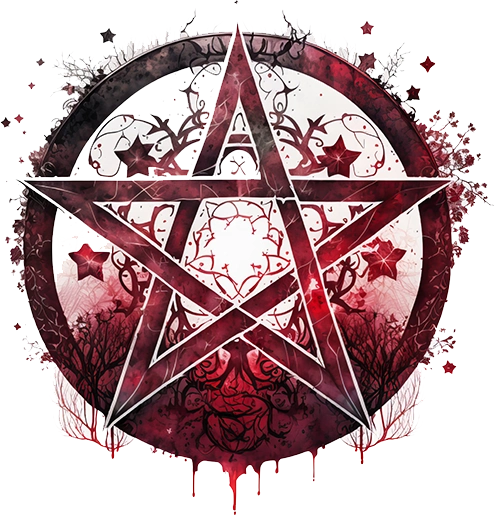
Julian stated that he was“an initiate of the God of the Seven Rays, and was an adept of its teachings”.This is a direct reference to the Chaldean Oracles themselves, which were elevated at this time in Rome, as were the Hermetic platonic mysteries of Egypt, to a very high regard and status. Hecate, being a major deity of the Oracles, would have played a significant role throughout the empire where Theurgy was being practiced. This may even be one of the most predominant times in the history of the Greco/Roman world for the worship of Hecate through this neoplatonic philosophical and Theurgic framework. It is just a short distance back through time hence when the Thesselian witches drew down the moon in her honor. Although there are many different forms of Witchcraft, that of ancient Greece very well may have been the same with the Neoplatonists practicing the methods of the Chaldean Oracles. Whether seen as philosophical, theurgic, mystical or a combination into the form of modern practices we at our school are followers of the ways of Theurgy. You can learn a lot more about this from a modern lens by referencing our Central Doctrine . I wrote this essay to finish by saying something important. Just as the Roman Emperor Julian, Iamblicus and the Witches of Thessaly, we here with the school of the Divine Infinite Being say this clearly. These practices you learn here through Astrology, Tarot or our inner mysteries are rooted back into the beginning of our civilization. We too, here today, could be called Chaldean, as they had in the Greco/Roman period before us.


